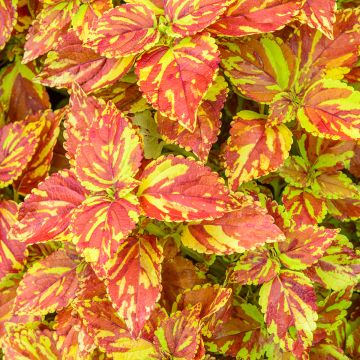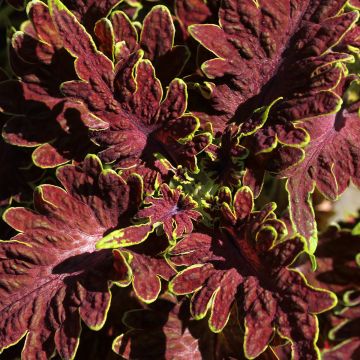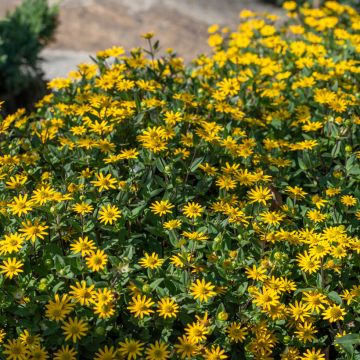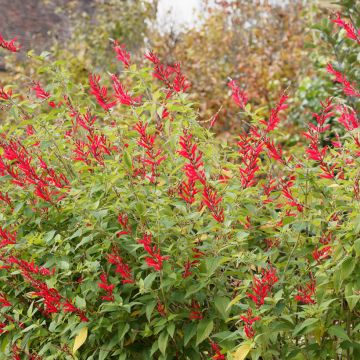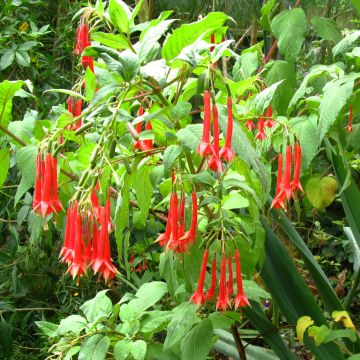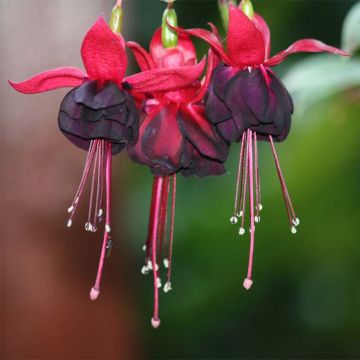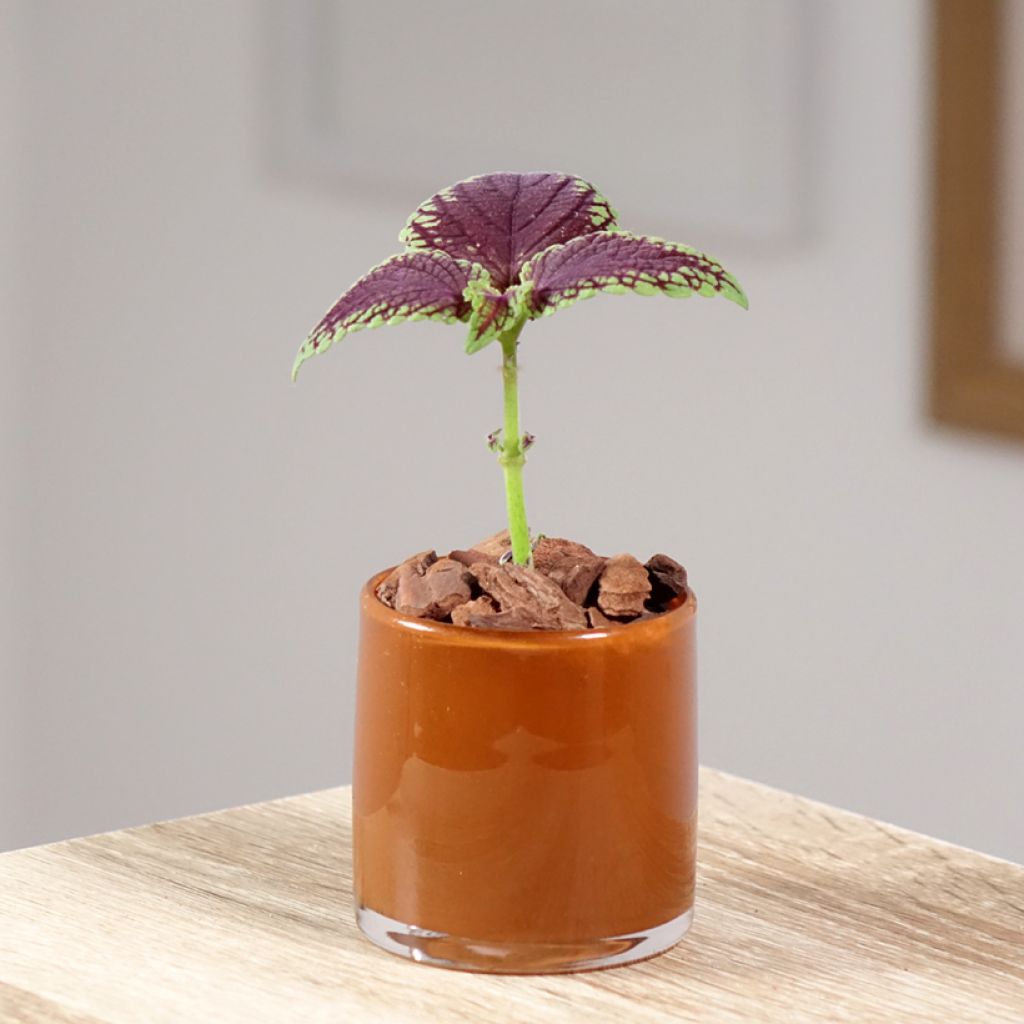

Coleus scutellarioides 'Duecolabro' Abbey Road - Coléus, Plectranthe fausse-scutellaire, Ortie flamboyante, Tapis monseigneur, Vieux garçon


Coleus scutellarioides 'Duecolabro' Abbey Road - Coléus, Plectranthe fausse-scutellaire, Ortie flamboyante, Tapis monseigneur, Vieux garçon
Coleus scutellarioides Abbey Road
Coleus scutellarioides 'Duecolabro' Abbey Road
This item cannot be shipped to the selected country
Delivery charge from 6,90 €
More information
Shipping country:
-
-
-
-
-
-
-
-
-
-
-
-
-
-
-
-
-
-
-
-
-
-
-
-
-
-
-
-
-
-
-
-
Schedule delivery date,
and select date in basket
This plant carries a 30 days recovery warranty
More information
We guarantee the quality of our plants for a full growing cycle, and will replace at our expense any plant that fails to recover under normal climatic and planting conditions.
From 7,90 € for pickup delivery and 6,90 € for home delivery
Express home delivery from 8,90 €.
Description
The Coleus 'MS Abbey Road' (Coleus scutellarioides 'Main Street Abbey Road') is an easy-to-grow plant for indoors, but also as an annual in the garden. Its dark, velvety, dentate, burgundy foliage with accents of anise green is highly decorative. Indoors, this variety will thrive in a bright living room or office. Its cultivation is accessible to all houseplant enthusiasts, even those with little experience.
The Coleus 'Duecolabro Abbey Road' belongs to the Lamiaceae family. This tropical perennial is mainly grown as an annual in the garden in temperate climates due to its sensitivity to frost, or as a houseplant. Its quadrangular, fleshy stems bear opposite, ovate to cordate leaves with dentate edges. The foliage displays remarkable colouring, with a burgundy to dark purple centre marginate and/or speckled with aniseed green. The discreet flowering takes the form of small tubular pale blue or white flowers, grouped in terminal spikes. These inflorescences are often removed to encourage foliage development.
Native to the tropical forests of Southeast Asia, particularly Malaysia and Indonesia, the wild species Coleus scutellarioides, also known by the synonyms Plectranthus scutellarioides, Solenostemon scutellarioides and Coleus blumei, thrives in shaded environments, benefiting from filtered light and a humid atmosphere. Introduced to Europe in the 19th century, it has since been widely hybridised to produce a vast range of cultivars with varied and colourful foliage.
When grown indoors, the Coleus 'Abbey Road' requires bright light without direct sun exposure to preserve the intensity of its colours. An ambient temperature between 18 and 24°C is ideal, with moderate air humidity. The substrate should be rich, well-drained and kept slightly moist; regular watering is therefore necessary, whilst avoiding excess water which could lead to root rot. It is also recommended to pinch the stem tips to encourage a denser, bushier growth.
You can place the Coleus ‘MS Abbey Road’ in a bright living room, conservatory, or even an office, as long as it can benefit from abundant light without direct sun exposure. With its bushy and compact habit, it is decorative on a console, shelf, or coffee table. Pair it with white ceramic pots or wicker planters. Mix it with other Coleus to create a small, colourful jungle.
Report an error about the product description
Coleus scutellarioides Abbey Road in pictures
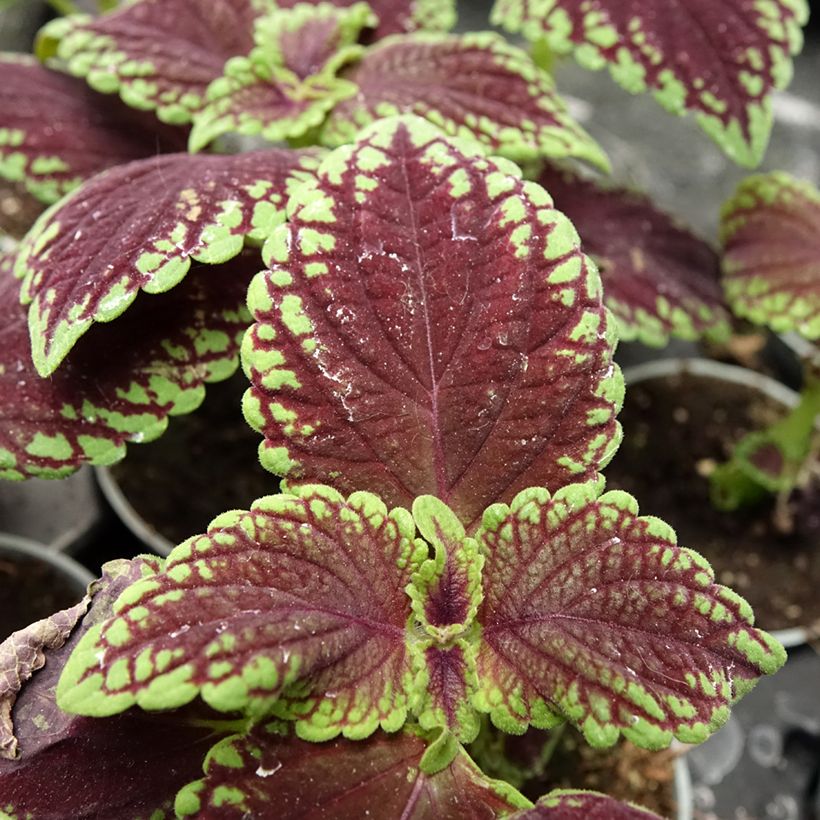

Foliage
Plant habit
Botanical data
Coleus
scutellarioides
'Duecolabro' Abbey Road
Lamiaceae
Cultivar or hybrid
Safety measures
Other Coleus
View all →Location
Location
Maintenance and care
Potting advice, substrates and fertilisers
Houseplant care
Disease and pest advice
Maintenance and care
This item has not been reviewed yet - be the first to leave a review about it.
Similar products
Haven't found what you were looking for?
Hardiness is the lowest winter temperature a plant can endure without suffering serious damage or even dying. However, hardiness is affected by location (a sheltered area, such as a patio), protection (winter cover) and soil type (hardiness is improved by well-drained soil).

Photo Sharing Terms & Conditions
In order to encourage gardeners to interact and share their experiences, Promesse de fleurs offers various media enabling content to be uploaded onto its Site - in particular via the ‘Photo sharing’ module.
The User agrees to refrain from:
- Posting any content that is illegal, prejudicial, insulting, racist, inciteful to hatred, revisionist, contrary to public decency, that infringes on privacy or on the privacy rights of third parties, in particular the publicity rights of persons and goods, intellectual property rights, or the right to privacy.
- Submitting content on behalf of a third party;
- Impersonate the identity of a third party and/or publish any personal information about a third party;
In general, the User undertakes to refrain from any unethical behaviour.
All Content (in particular text, comments, files, images, photos, videos, creative works, etc.), which may be subject to property or intellectual property rights, image or other private rights, shall remain the property of the User, subject to the limited rights granted by the terms of the licence granted by Promesse de fleurs as stated below. Users are at liberty to publish or not to publish such Content on the Site, notably via the ‘Photo Sharing’ facility, and accept that this Content shall be made public and freely accessible, notably on the Internet.
Users further acknowledge, undertake to have ,and guarantee that they hold all necessary rights and permissions to publish such material on the Site, in particular with regard to the legislation in force pertaining to any privacy, property, intellectual property, image, or contractual rights, or rights of any other nature. By publishing such Content on the Site, Users acknowledge accepting full liability as publishers of the Content within the meaning of the law, and grant Promesse de fleurs, free of charge, an inclusive, worldwide licence for the said Content for the entire duration of its publication, including all reproduction, representation, up/downloading, displaying, performing, transmission, and storage rights.
Users also grant permission for their name to be linked to the Content and accept that this link may not always be made available.
By engaging in posting material, Users consent to their Content becoming automatically accessible on the Internet, in particular on other sites and/or blogs and/or web pages of the Promesse de fleurs site, including in particular social pages and the Promesse de fleurs catalogue.
Users may secure the removal of entrusted content free of charge by issuing a simple request via our contact form.
The flowering period indicated on our website applies to countries and regions located in USDA zone 8 (France, the United Kingdom, Ireland, the Netherlands, etc.)
It will vary according to where you live:
- In zones 9 to 10 (Italy, Spain, Greece, etc.), flowering will occur about 2 to 4 weeks earlier.
- In zones 6 to 7 (Germany, Poland, Slovenia, and lower mountainous regions), flowering will be delayed by 2 to 3 weeks.
- In zone 5 (Central Europe, Scandinavia), blooming will be delayed by 3 to 5 weeks.
In temperate climates, pruning of spring-flowering shrubs (forsythia, spireas, etc.) should be done just after flowering.
Pruning of summer-flowering shrubs (Indian Lilac, Perovskia, etc.) can be done in winter or spring.
In cold regions as well as with frost-sensitive plants, avoid pruning too early when severe frosts may still occur.
The planting period indicated on our website applies to countries and regions located in USDA zone 8 (France, United Kingdom, Ireland, Netherlands).
It will vary according to where you live:
- In Mediterranean zones (Marseille, Madrid, Milan, etc.), autumn and winter are the best planting periods.
- In continental zones (Strasbourg, Munich, Vienna, etc.), delay planting by 2 to 3 weeks in spring and bring it forward by 2 to 4 weeks in autumn.
- In mountainous regions (the Alps, Pyrenees, Carpathians, etc.), it is best to plant in late spring (May-June) or late summer (August-September).
The harvesting period indicated on our website applies to countries and regions in USDA zone 8 (France, England, Ireland, the Netherlands).
In colder areas (Scandinavia, Poland, Austria...) fruit and vegetable harvests are likely to be delayed by 3-4 weeks.
In warmer areas (Italy, Spain, Greece, etc.), harvesting will probably take place earlier, depending on weather conditions.
The sowing periods indicated on our website apply to countries and regions within USDA Zone 8 (France, UK, Ireland, Netherlands).
In colder areas (Scandinavia, Poland, Austria...), delay any outdoor sowing by 3-4 weeks, or sow under glass.
In warmer climes (Italy, Spain, Greece, etc.), bring outdoor sowing forward by a few weeks.




































